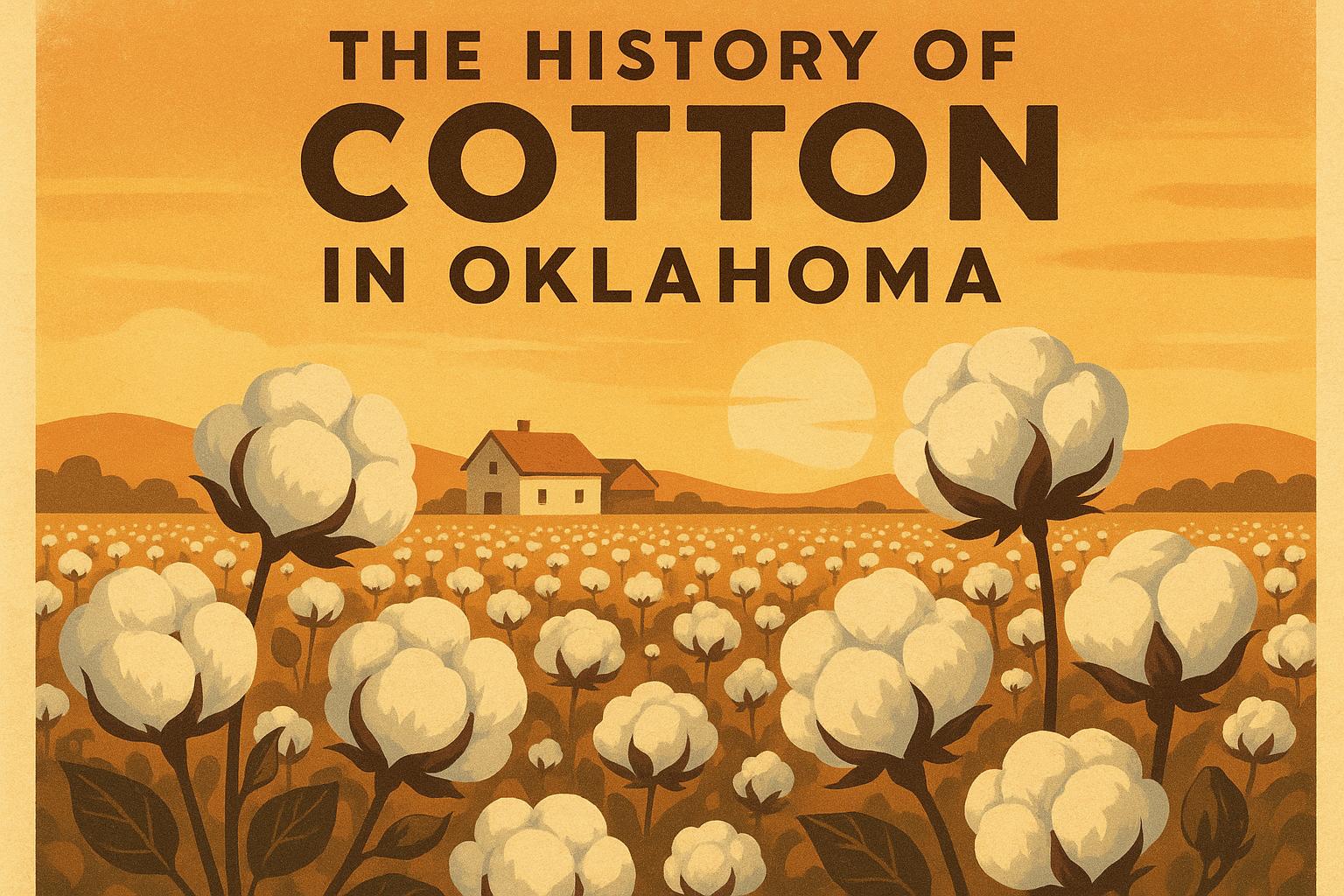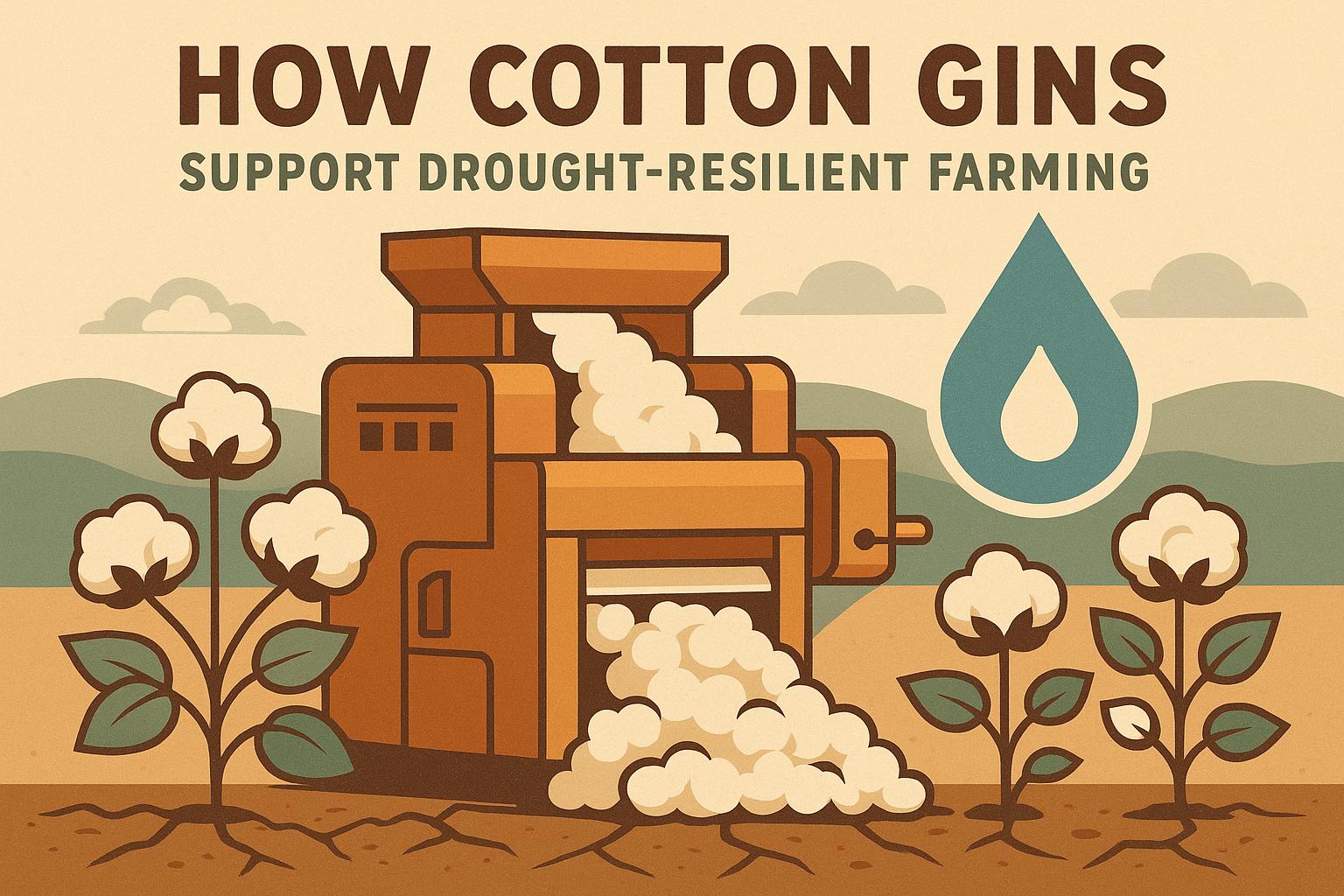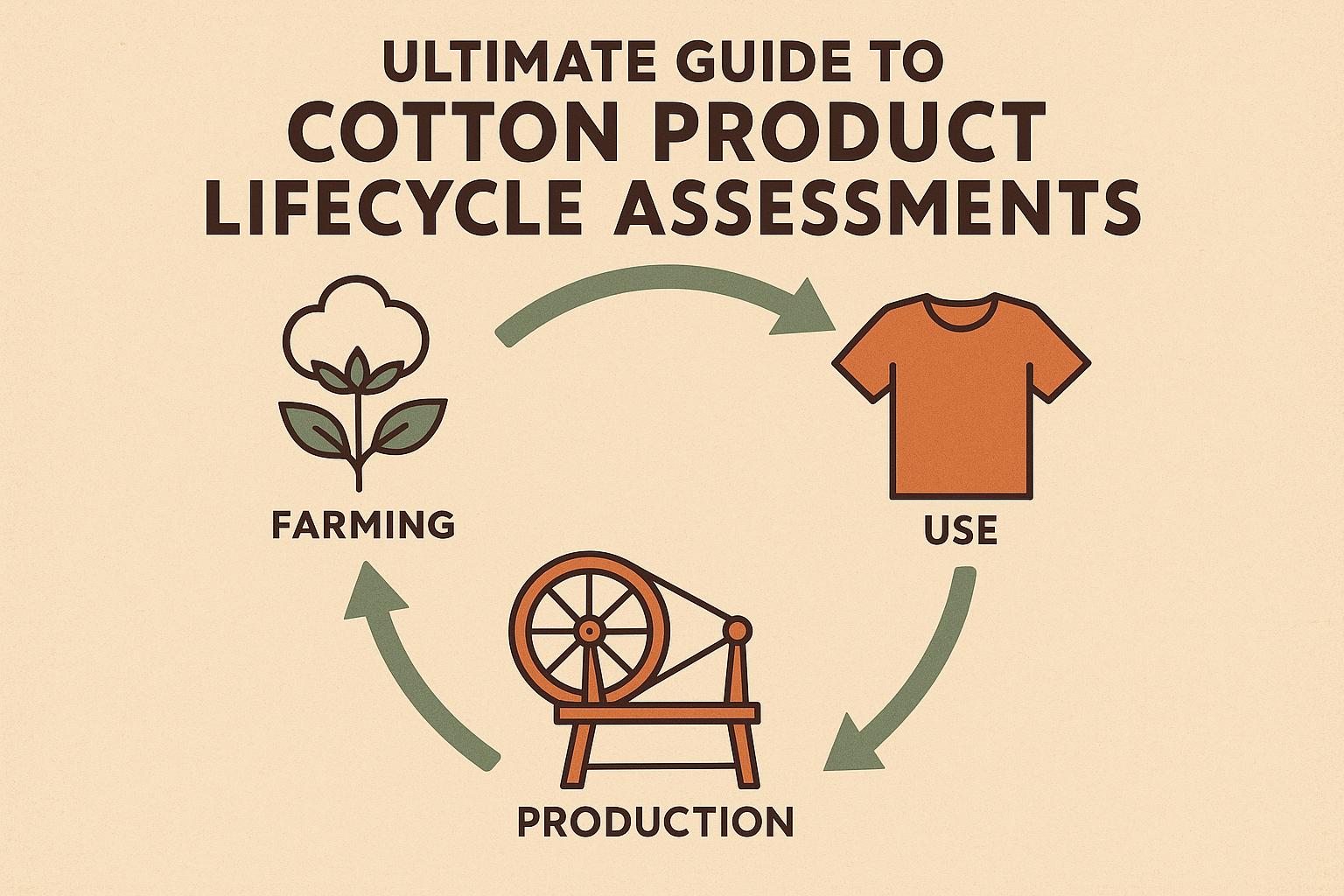The Strategic Value of Growth Regulators in Cotton Farming
Recall those seasons where your cotton shot up like a weed, only to lodge under heavy bolls or struggle with uneven maturity—frustrating, right? Optimizing cotton growth regulators can transform that vigor into structured, productive growth, channeling energy to bolls rather than excess vegetation for better stands and harvests. These tools, like mepiquat or pix, aren't magic bullets, but when timed and dosed right, they refine plant architecture, reduce height, and enhance boll retention in high-input or stress-prone fields.
Extension trials from key cotton regions show that well-managed regulators can boost yields by 5-15% in rank conditions, primarily through improved light penetration and nutrient allocation during bloom. Factors such as variety vigor, soil fertility, and weather patterns all influence efficacy, but with precise application, you can address challenges like shading in dense populations or heat-induced stretch. For seasoned operators, this means integrating regulators into your IPM and fertility programs, drawing on plant physiology and field data to maximize ROI without over-suppression.
If you're dialing in plant density, pair this with our Optimizing Cotton Plant Population for Maximum Yield for complementary architecture control.
Understanding How Growth Regulators Work in Cotton
Growth regulators, or PGRs, modulate gibberellin production to shorten internodes and promote reproductive focus—optimizing cotton growth regulators starts with grasping their modes to avoid pitfalls like stunting in low-vigor scenarios.
- Mepiquat Chloride Mechanisms: Inhibits cell elongation; applied early, it can compact canopies for better airflow, cutting disease incidence by 10-20% in humid environments per agronomic studies.
- Cyclanilide Blends: Enhances ethylene for boll opening; useful in cooler falls to accelerate maturity, lifting open bolls by 15% when combined with defoliants.
- Prohexadione Calcium Alternatives: Less common but effective for late-season control; targets apical dominance, redistributing nutrients to lower bolls for uniform fill.
Select based on label rates and variety response; soil tests for N levels prevent synergies with excess fertility, causing rebound growth. Challenges in dry conditions reduce uptake—foliar mixes with humectants improve absorption.
Field Assessment for Regulator Needs
Not every field calls for PGRs—assess vigor to tailor optimizing cotton growth regulators, preventing unnecessary applications that could fine micronaire or drop fruit.
- Plant Mapping Protocols: Measure internode lengths weekly from matchhead square; above 2 inches signals aggressive growth, triggering initial doses. Data from high-input trials shows mapping cuts over-application by 25%.
- Nodes Above White Flower (NAWF): Target 5-7 at cutout for ideal; below 5 in lush fields warrants regulators to extend fruiting.
- Stress Factor Evaluation: In drought-prone sands, skip or reduce rates to avoid compounding water deficits; monitor with thermal imaging for heat load.
Use apps for logging; annual comparisons refine thresholds. Challenges in variable stands require zoned assessments, focusing on high-vigor pockets.
Timing Windows for Maximum Efficacy
Precision timing aligns regulators with growth stages—optimizing cotton growth regulators hinges on applications that curb excess without halting development.
- Early Square Phase: First dose at 8-10 leaf (8-16 oz/acre mepiquat) sets compact structure; delays boll shed by promoting lower fruit set, boosting retention 10-12% in trials.
- Bloom Initiation: Follow-up at first flower if internodes rebound; split rates prevent overload, maintaining 20-24 inch heights for picker efficiency.
- Late-Season Adjustments: Post-cutout applications (lower rates) refine maturity in extended seasons; avoid fines from premature stop, preserving staple length.
Weather windows matter—apply in 65-85°F with no rain forecast 24 hours; evening sprays reduce volatilization. Challenges in cool snaps slow activity—boost with adjuvants.
Rate Calibration and Tank Mix Considerations
Dosage precision prevents under- or over-control—refine optimizing cotton growth regulators through calibration and compatibilities for clean, effective results.
- Variety-Specific Rates: High-vigor uplands need 20-30% more than pima; test strips validate, as overdosing fines micronaire by 0.3-0.5 units.
- Adjuvant Enhancements: Urea ammonium nitrate (UAN) at 1-2% boosts uptake; silicone surfactants aid in dense canopies, improving coverage by 15-20%.
- Mix Compatibility: Tank with foliars like boron; jar tests prevent separation, ensuring even distribution without clogging nozzles.
Calibrate booms for 10-20 GPA; ground speed <10 mph ensures deposition. Challenges in high pH water require acidifiers for stability.
Monitoring and Follow-Up Applications
Post-app vigilance adjusts for response—optimizing cotton growth regulators requires ongoing evaluation to fine-tune for optimal canopy and yield.
- Growth Metrics Tracking: Weekly internode measurements post-app; target 1.5-2 inches—above triggers boosters at half rate.
- Canopy Health Checks: NDVI scans detect suppression; values dipping below 0.6 signal over-control, warranting delays in future doses.
- Yield Correlation: Harvest maps link regulator zones to output; 5-10% lifts in treated areas validate, guiding next-season plans.
Document with apps for trends; annual reviews refine. Challenges in rebound growth from rain require quick follow-ups.
Economic Analysis of Regulator Use
Weigh costs against gains—optimizing cotton growth regulators delivers ROI through yield protection and input savings.
- Budget Breakdown: Products at $10-20/acre per app; 1-2 passes total <1% of costs but yield 50-150 lbs/acre extra in rank years.
- Premium Impacts: Compact plants improve harvest efficiency, cutting picker time 10-15%; better grades add 2-4 cents/lb.
- Risk Mitigation: Reduced lodging saves 5-10% salvage costs; data shows net $30-70/acre in high-vigor scenarios.
Calculate per variety; challenges in low prices emphasize conservation over max yield.
Overcoming Common Regulator Challenges
Even pros encounter issues—anticipate enhancing cotton growth regulators for consistent results.
- Over-Suppression in Stress: Reduce rates 20% in drought; monitor NAWF to avoid fruit drop.
- Uneven Response: From fertility variability—zone apps based on maps ensure uniformity.
- Resistance Concerns: Rotate with alternatives like cyclanilide; monitor efficacy to prolong utility.
Adapt for your microclimate; peer insights refine.
Regional Variations in Regulator Strategies
Tailor optimizing cotton growth regulators to your belt for targeted efficacy.
- Southeast Humid: Higher rates for rank growth; focus bloom apps to cut rot risks by improving air flow.
- Southwest Arid: Lower doses to preserve height for shade; integrate with irrigation for uptake.
- Plains Variable: Flexible timing for temperature swings; pre-rain apps maximize absorption.
Local data from extensions fine-tunes; iterative trials optimize.
Case Studies: Regulator Success Across Belts
In Georgia's humid fields, a 3,000-acre grower used split mepiquat apps, boosting yields 120 lbs/acre by curbing lodging amid heavy rains. Arizona operations with arid conditions applied low-dose cyclanilide, improving boll set 10% under heat stress.
These showcase adaptable wins; scale to your context.
Future Innovations in Growth Regulation
Advancements like nano-formulations and AI timing will refine optimizing cotton growth regulators, predicting needs with 90% accuracy.
Bio-based alternatives reduce residues; gene-edited varieties may lessen reliance.
Stay engaged with research for edges.
Sustainable Regulation for Long-Term Health
Eco-friendly tweaks enhance cotton growth regulators optimization, aligning with premiums and regulations.
- Reduced-Rate Programs: Adjuvants cut volumes 15-20%; beneficial, safe for pollinators.
- Organic Alternatives: Approved acids for suppression; slower but compliant.
- Residue Management: Integrate with no-till; minimizes erosion.
Certifications reward low-impact; carbon credits add income.
Measuring Success and Continuous Refinement
Track outcomes to evolve cotton growth regulators optimization.
- Height/Yield Metrics: Compare treated/untreated; reductions in lodging correlate with 5-10% gains.
- Quality Parameters: Uniform micronaire from even maturity.
- Cost-Yield Ratios: Aim $1 input per $4-6 return.
Annual reviews adjust; software aggregates for trends.
Actionable Takeaways for Your Regulator Plan
Implement these for optimizing cotton growth regulators:
- Assess Vigor: Map internodes/NAWF; identify needs.
- Time Precisely: Align with stages/weather; split doses.
- Calibrate Rates: Variety-specific; test mixes.
- Monitor Response: Weekly checks; adjust follow-ups.
- Analyze Economics: Track ROI; refine regionally.
Optimizing cotton growth regulators boosts efficiency, ensuring resilient yields.
Cotton growth regulators optimization turns potential into performance, positioning your farm for success.


